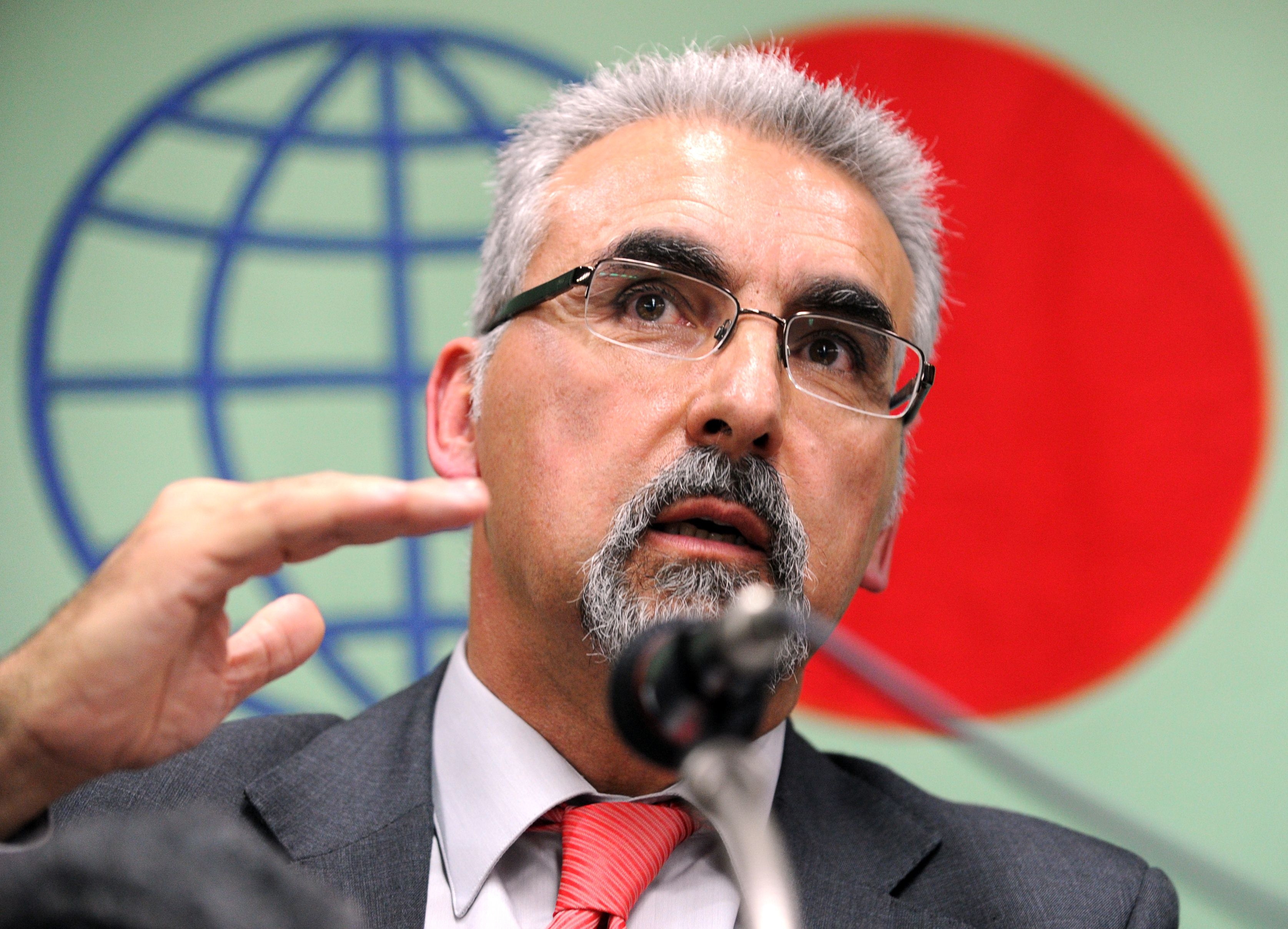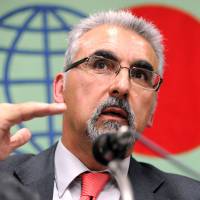"A step-by-step approach should be taken toward achieving this long-term goal," the team said in a preliminary report released after its weeklong mission in Japan to analyze decontamination efforts. Such a strategy would allow resources to be reallocated to the recovery of essential infrastructure to enhance living conditions, it added.
In areas where the annual dose is under 20 millisieverts, the government has said it will attempt to bring the figure to 1 millisievert or below as a long-term goal. But environment Ministry officials say there are people who are concerned about returning to areas that are still delivering annual doses over 1 millisievert.
The IAEA mission, led by Juan Carlos Lentijo, director of the IAEA Division of Fuel Cycle and Waste Technology, began its work on Oct. 14 as a follow-up to its previous mission in October 2011.
A final version of the report will be issued in two months, Lentijo said. A team from the International Atomic Energy Agency said Monday that the Japanese government should clearly convey to the public that reducing annual individual radiation exposure to 1 millisievert in areas contaminated by the 2011 Fukushima meltdowns is a long-term goal.




